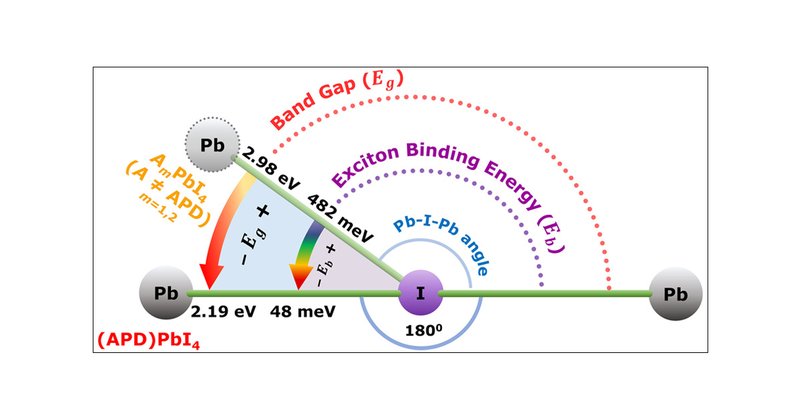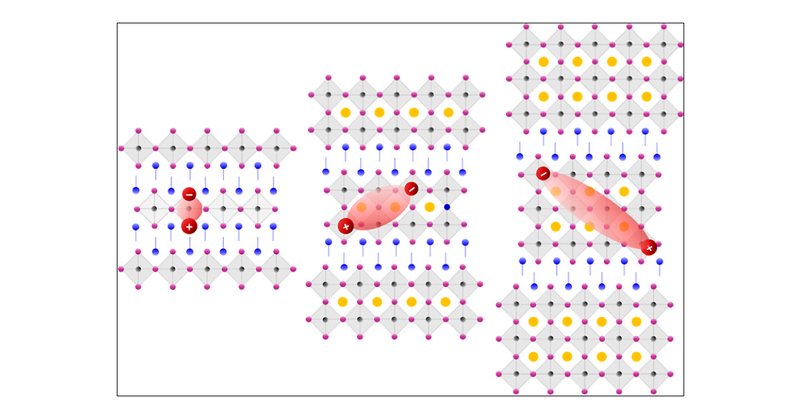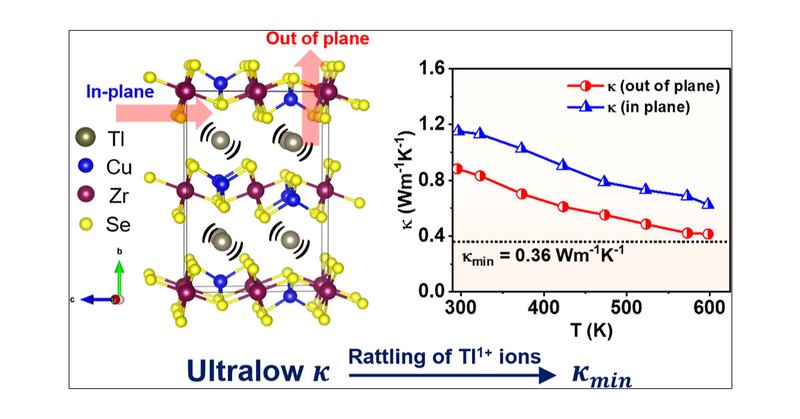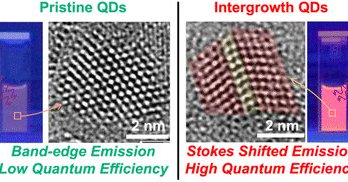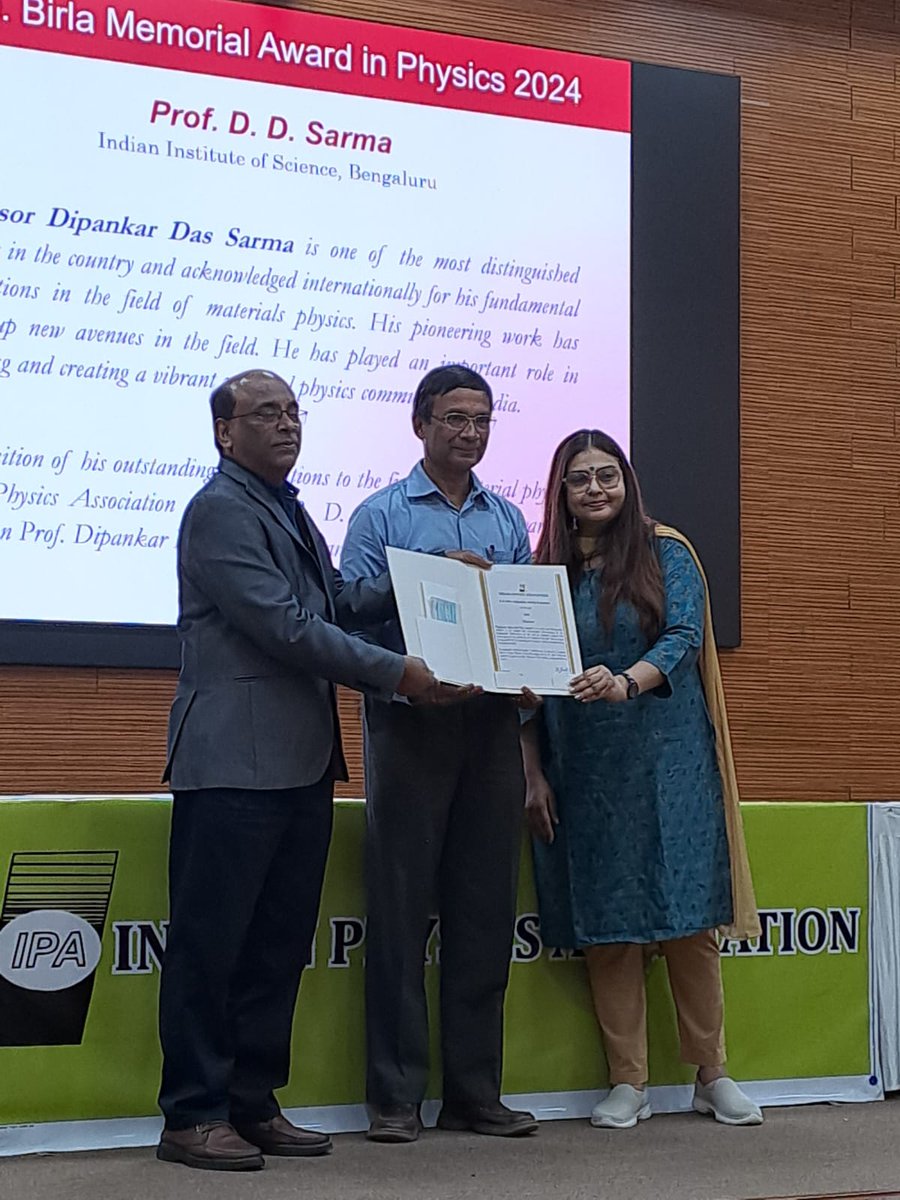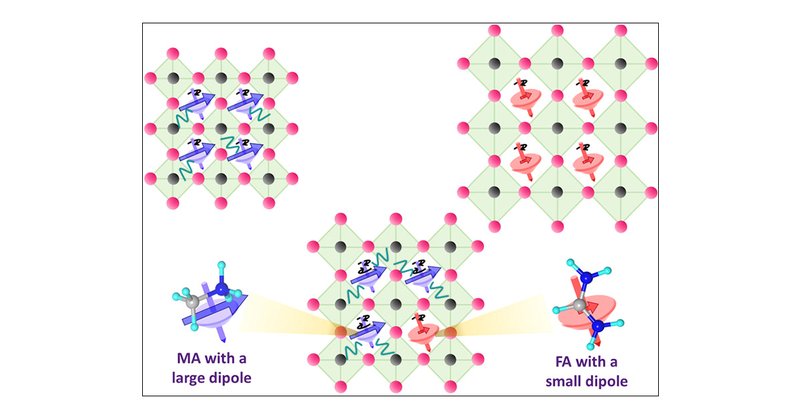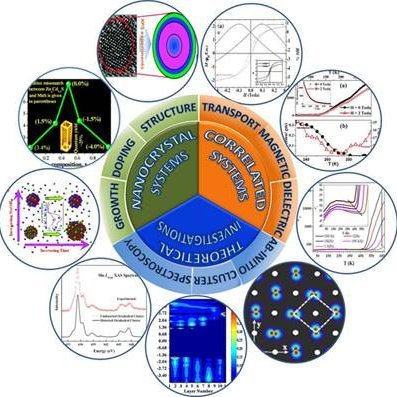
D. D. Sarma's Group
@DDSarmaGroup
Followers
500
Following
21
Media
6
Statuses
36
We work in inter-disciplinary areas of condensed matter science with primary focus on Strongly correlated electron systems.
Indian Insitute of Science
Joined January 2023
Our recent @J_A_C_S represents first example of water-stable 2D hybrid halide compound with ideal 180° Pb−I−Pb bond angle leading to very small bandgap, exciton binding energy and improved PV performance @I_am__Debasmita, @TeamM2S2 and other authors.
pubs.acs.org
Finding stable analogues of three-dimensional (3D) lead halide perovskites has motivated the exploration of an ever-expanding repertoire of two-dimensional (2D) counterparts. However, the bandgap and...
9
17
141
Check out our recent article published in Energy & Fuels special issue “2025 Pioneers in Energy Research: Prashant Kamat” where we reported a new series of 2D hybrid halide passivators. Congrats to @I_am__Debasmita & other authors.
pubs.acs.org
Usually, an aliphatic chain or an aromatic ring is used as the organic spacer (A) to form two-dimensional (2D) lead halide compounds with n ≥ 2 in the general formula A2(MA)n−1PbnI3n+1 or A(MA)n−1P...
0
5
46
We are delighted to announce that @AngshumanNag4 , former group member, now professor at IISER Pune received the Chemical Society of Japan’s Distinguished Lectureship Award at the 105th CSJ Meeting (2025) for his work on photochemistry. Heartiest congratulations to him.
1
1
80
Our collaborative PRL paper with @iiserkol team unveils hybrid perovskites "remember" thermal history, enabling 1 K precision temperature tracking! #SelfrecordingSensors .Congrats to @I_am__Debasmita for her contributions.
journals.aps.org
Halide perovskite materials have been extensively studied in the last decade because of their impressive optoelectronic properties. However, their one characteristic that is uncommon for semiconduc...
1
3
49
We are delighted to announce that Angshuman Nag (@AngshumanNag4), a former member of our group and, at present, a professor at IISER Pune, has been elected as a Fellow of the Indian Academy of Sciences in the year 2024. Our heartiest congratulations to him.
8
4
144
Check out our @ChemMater article where we uncover an intriguing ultralow thermal conductivity in a crystalline material TlCuZrSe3 which approaches its theoretical limit of minimum thermal conductivity. Congrats to @RohjRohit and other authors.
pubs.acs.org
A comprehensive understanding of thermal transport is crucial for many applications, including heat dissipation systems, thermal barrier coatings, and harnessing potentials of thermoelectric materi...
4
8
57
Check out our recent article in @ACSEnergyLett on how the NiO sputtered perovskite solar cells heals automatically without any external intervention. Congratulations to @I_am__Debasmita for her contribution to this collaborative venture.
pubs.acs.org
Using radio frequency magnetron sputter deposition to apply metal oxide thin film as a hole transporting layer (HTL) onto a halide perovskite layer significantly compromises the device photovoltaic...
1
4
41
"Deriving Chiroptical Properties from Intrinsically Achiral Building Blocks of One-Dimensional CsPbBr3 Perovskite Nanowires" has recently appeared in @J_A_C_S by Somabrata Acharya and the team from @iacskolkata. Congratulations to all the authors.
pubs.acs.org
Chirality is a ubiquitous feature in biological systems and occurs even in certain inorganic crystals. Interestingly, some inorganic nanocrystals have been shown to possess chirality, despite their...
2
6
75
RT @shaibalksarkar: Self-Healing Significantly Improves Performances of NiO Sputtered n-i-p Perovskite Solar Cells | ACS Energy Letters htt….
pubs.acs.org
Using radio frequency magnetron sputter deposition to apply metal oxide thin film as a hole transporting layer (HTL) onto a halide perovskite layer significantly compromises the device photovoltaic...
0
2
0
Interface-engineered semiconductor quantum dots finally have it all - near-ideal photoluminescence efficiency and wide tunability in the absence of self-absorption.Check out our recent article appeared @nanoscale_rsc.Congrats to @ssdas291 and other authors.
pubs.rsc.org
Applications of photoluminescence (PL) from semiconductor quantum dots (QDs) have faced the dichotomy of excitonic emission being susceptible to self-absorption and shallow defects reducing quantum...
1
3
63
"Unraveling low-temperature structural and dielectric characteristics of lead free bismuth halide perovskites" by @soumitrasatapa2 and the team has recently appeared in the @JMaterChem C. Congratulations to all the authors. Here is a link to the article
pubs.rsc.org
Bismuth halide perovskite crystals have garnered a lot of interest lately because of their superior optoelectronic qualities, affordability, and ease of processing. Nonetheless, most of the research...
1
1
44
We are delighted to announce that our former group member Prof. @PriyaMahadevan (currently, Senior Professor at SNBNCBS, Kolkata) has been invited to join the Journal of Solid State Chemistry as an Editorial board member. Heartiest congratulations to her.
1
0
66
"Designing Mo-based transition metal dichalcogenides for sustainable hydrogen production: Anionic substitution and DFT insight" by R.B. Rakhi and the team from @csir_niist appeared in the Applied Surface Science Journal. Congrats to all the authors.
0
0
10
RT @ACSEnergyLett: Non-monotonic Thermal Conductivity of FAxMA1–xPbI3 Achieving Ultralow Values: The Role of Anharmonic Low Energy Rotation….
pubs.acs.org
Stability issues of MAPbI3 and FAPbI3 have led to the exploration of more stable FAxMA1–xPbI3 solid solutions for many energy applications. Thermal properties are important in view of the inevitable...
0
5
0
RT @I_am__Debasmita: Check out our @ACSEnergyLett article on "Non-monotonic Thermal Conductivity of FAxMA1−xPbI3" where we explore how the….
pubs.acs.org
Stability issues of MAPbI3 and FAPbI3 have led to the exploration of more stable FAxMA1–xPbI3 solid solutions for many energy applications. Thermal properties are important in view of the inevitable...
0
8
0
How do we lower thermal conductivity even below the minimum? Spin the dipoles faster! Check out our recent @ACSEnergyLett article. Congratulations to the authors! @I_am__Debasmita @ParibeshAchary1 @ShailiSett @kanishkabiswas @waghmare16 @ArindamPhysics .
pubs.acs.org
Stability issues of MAPbI3 and FAPbI3 have led to the exploration of more stable FAxMA1–xPbI3 solid solutions for many energy applications. Thermal properties are important in view of the inevitable...
2
7
62

